Time Periods
Paleolithic
Mesolithic
Neolithic
Chalcolithic
Bronze Age
Iron Age
Classical Period
Post-Classical Period
Early Modern Period
Industrial Period
Contemporary Period
Time Periods
Paleolithic
Mesolithic
Neolithic
Chalcolithic
Bronze Age
Iron Age
Classical Period
Post-Classical Period
Early Modern Period
Industrial Period
Contemporary Period
Location
About
The Mirisawetiya Stupa in Anuradhapura, Sri Lanka, is a significant archaeological site reflecting the rich history of Buddhist architecture. Originally constructed by King Dutugamunu in 161 BCE, it is a classic example of a stupa built to house sacred relics. Over the centuries, it has undergone numerous restorations due to natural decay and historical events, including ransacking by the Cholas in the 11th century. Notable restorations include those by Gajabahu I, Voharikatissa, Kassapa V, and Parakramabahu I, each contributing to the stupa’s preservation and expansion. Despite periods of neglect, it remains a testament to Sri Lanka's architectural and religious heritage. The stupa's history is marked by its continuous restoration efforts, reflecting its cultural and spiritual significance in the region.
Gallery
Explore photographs of ancient structures, artifacts, and archaeological excavations at Mirisawetiya Vihara
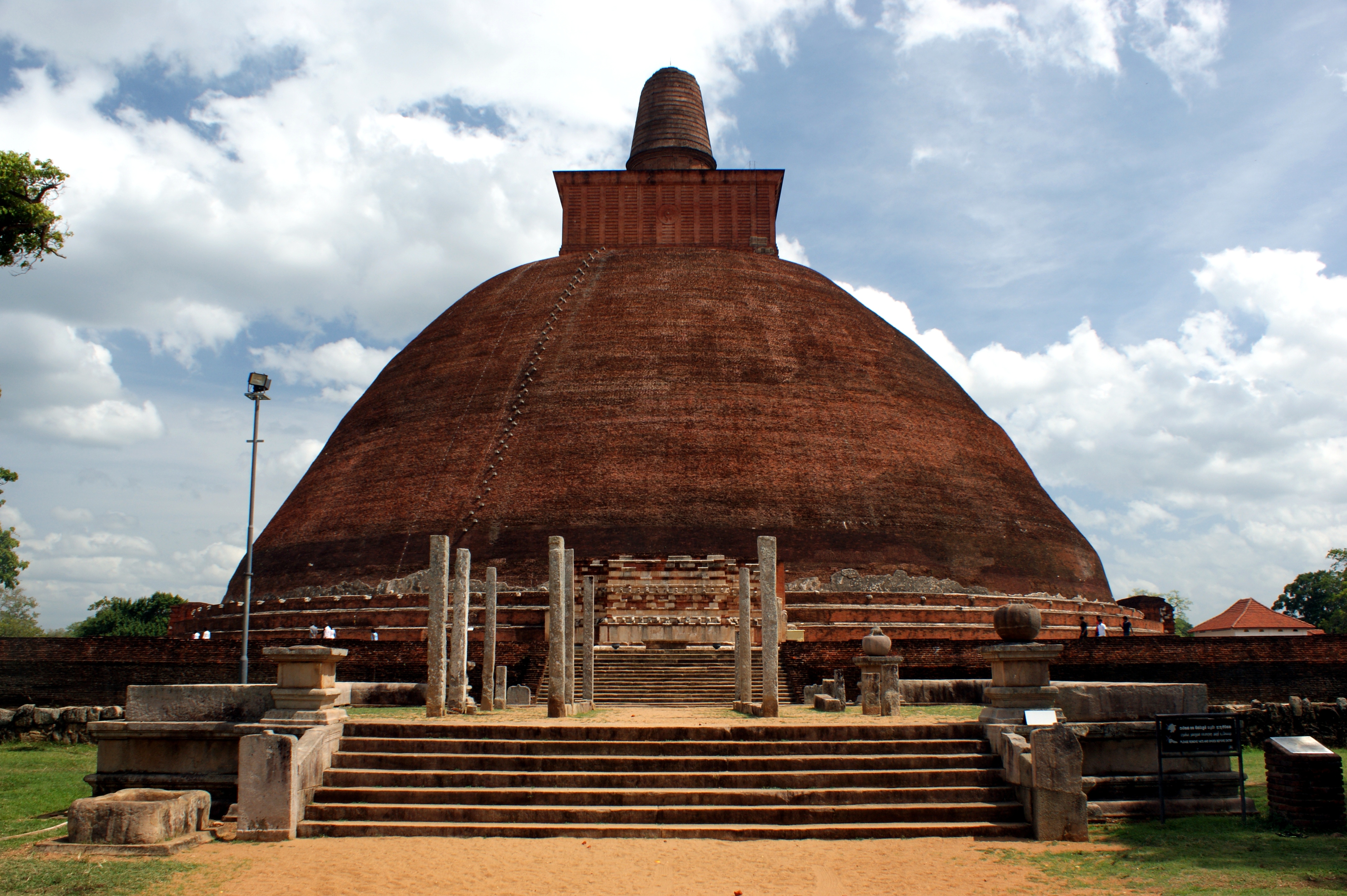
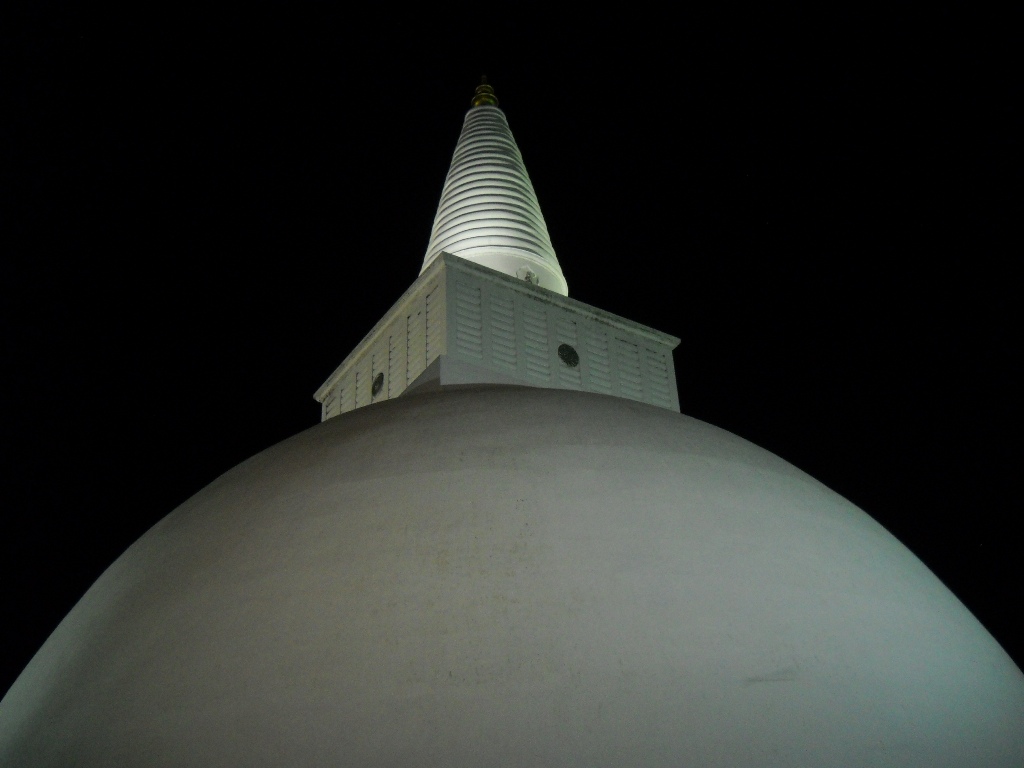

Archaeological Features
Explore the unique architectural and cultural elements found at this historical site
Religious and Ritual Structures
Artistic and Decorative Features
Environmental and Natural Features
Historical Timeline
Journey through time and discover key events in this site's archaeological history
Plan Your Visit
Details
- Country
- Sri Lanka
- Source
- Wikipedia
More Sites in Sri Lanka
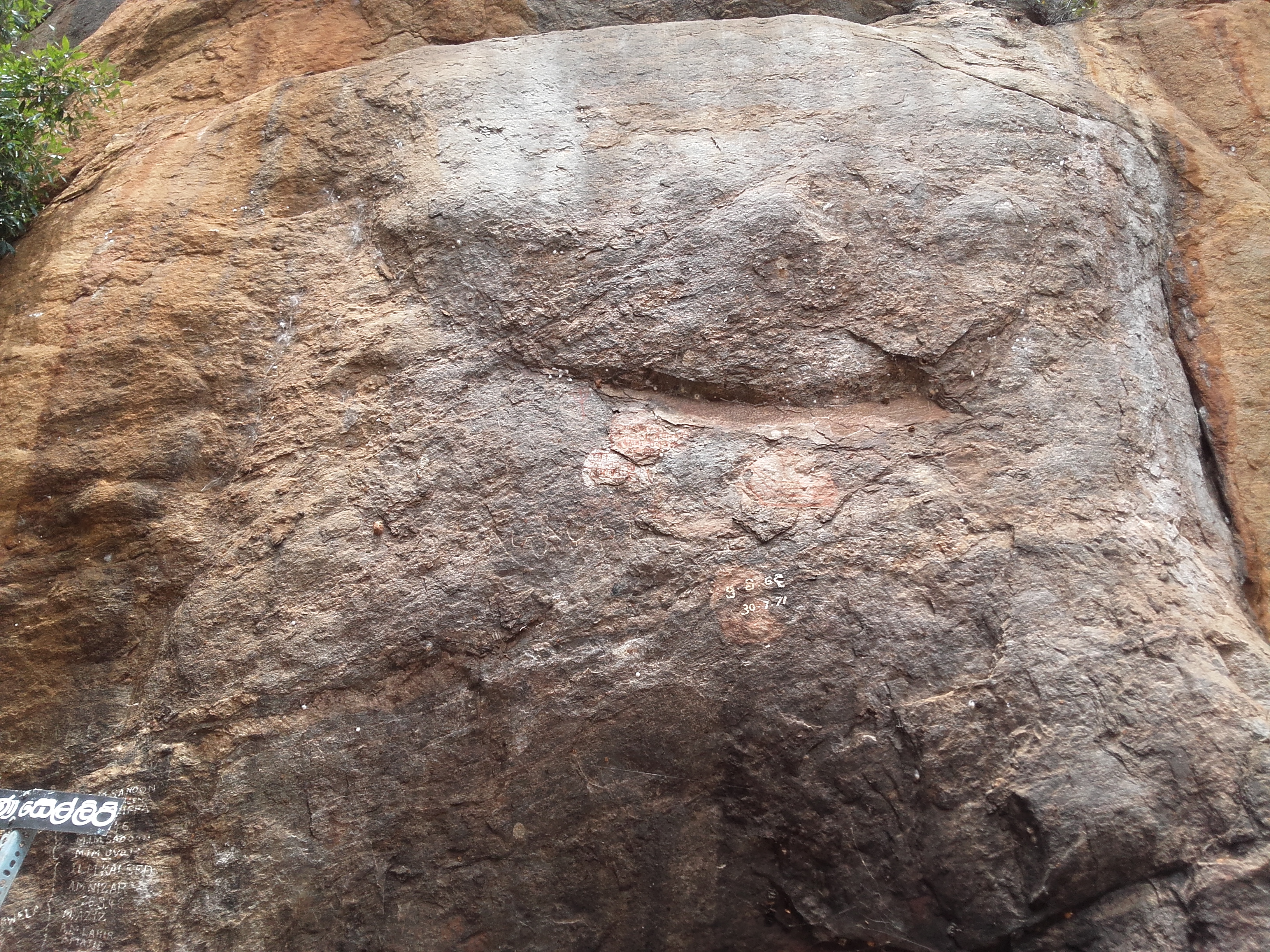
Kuragala
Prehistoric site with Buddhist and Muslim structures
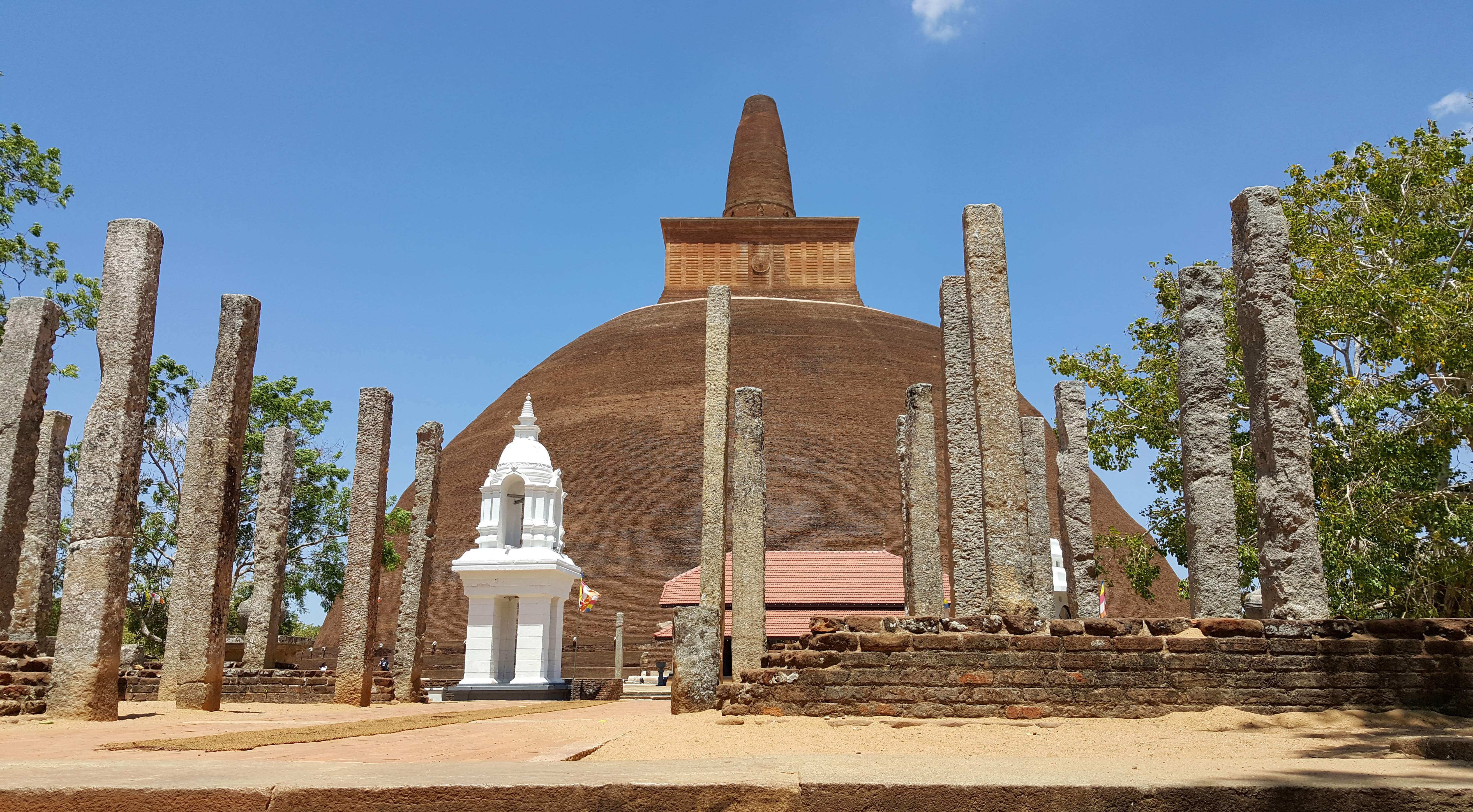
Anuradhapura
Ancient Sinhalese city with Buddhist temples.
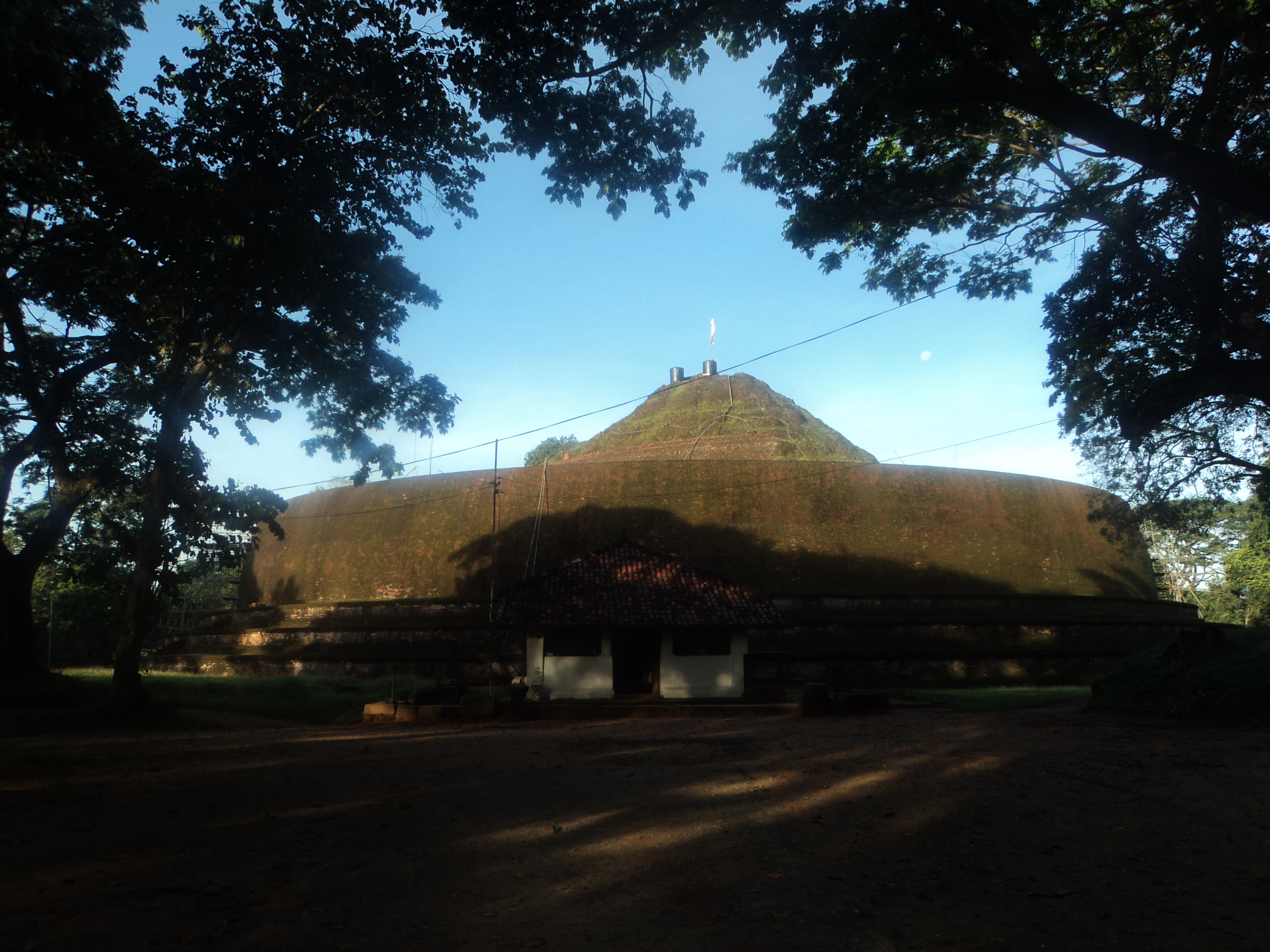
Yudaganawa
Large stupa with historical significance
Sampur Stupa
Ruined stupa of early Anuradhapura period.

Kiri Vehera
Ancient stupa with inscriptions, pilgrimage site
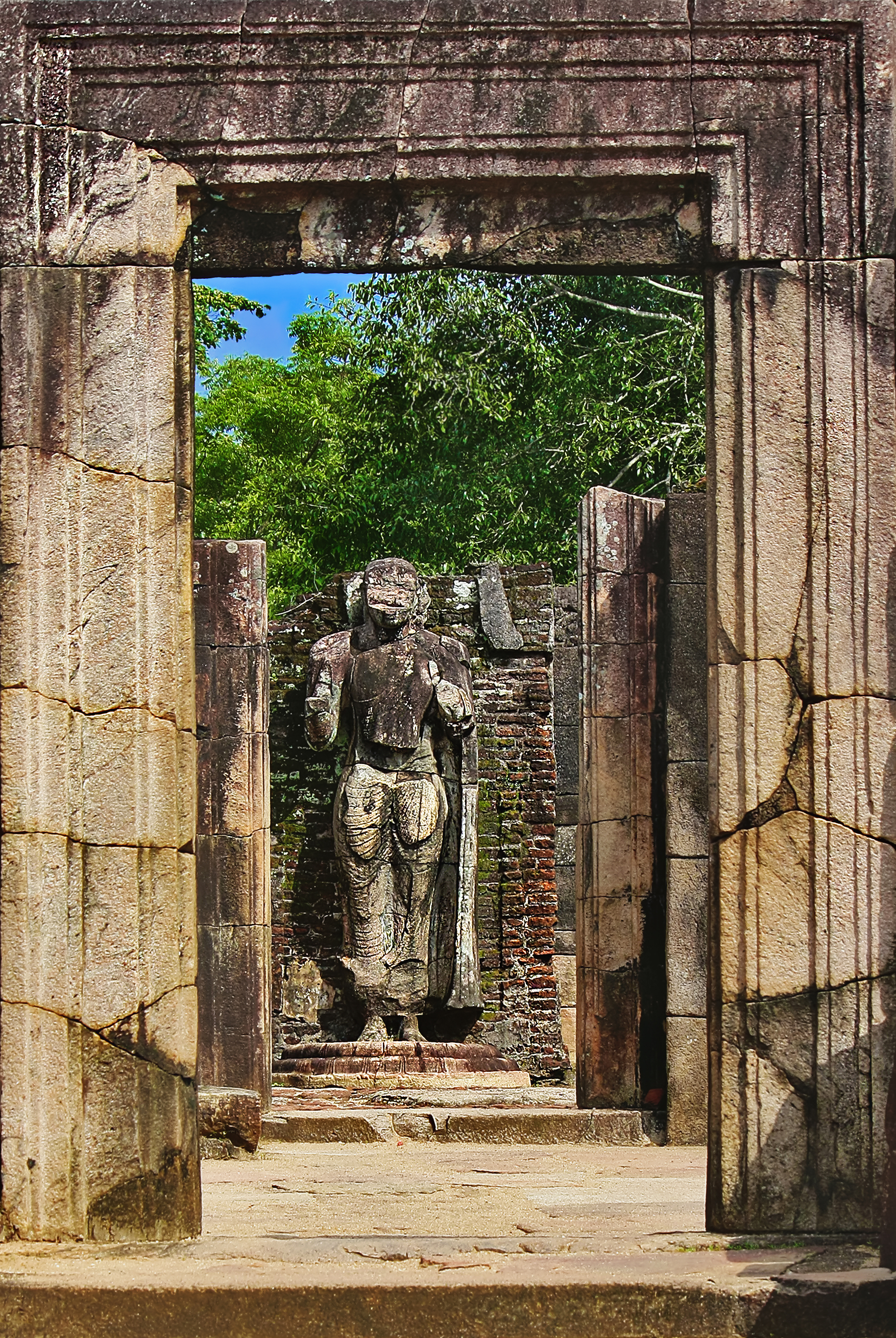
Hatadage
Ancient two-storey Buddhist relic shrine.